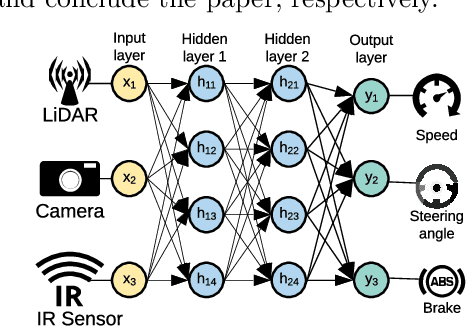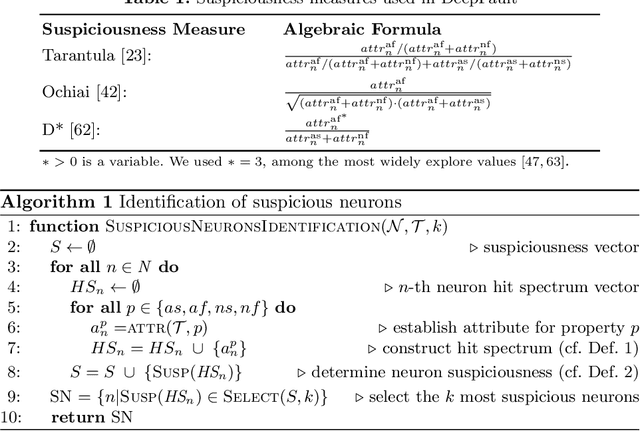DeepFault: Fault Localization for Deep Neural Networks
Paper and Code
Feb 15, 2019



Deep Neural Networks (DNNs) are increasingly deployed in safety-critical applications including autonomous vehicles and medical diagnostics. To reduce the residual risk for unexpected DNN behaviour and provide evidence for their trustworthy operation, DNNs should be thoroughly tested. The DeepFault whitebox DNN testing approach presented in our paper addresses this challenge by employing suspiciousness measures inspired by fault localization to establish the hit spectrum of neurons and identify suspicious neurons whose weights have not been calibrated correctly and thus are considered responsible for inadequate DNN performance. DeepFault also uses a suspiciousness-guided algorithm to synthesize new inputs, from correctly classified inputs, that increase the activation values of suspicious neurons. Our empirical evaluation on several DNN instances trained on MNIST and CIFAR-10 datasets shows that DeepFault is effective in identifying suspicious neurons. Also, the inputs synthesized by DeepFault closely resemble the original inputs, exercise the identified suspicious neurons and are highly adversarial.
 Add to Chrome
Add to Chrome Add to Firefox
Add to Firefox Add to Edge
Add to Edge